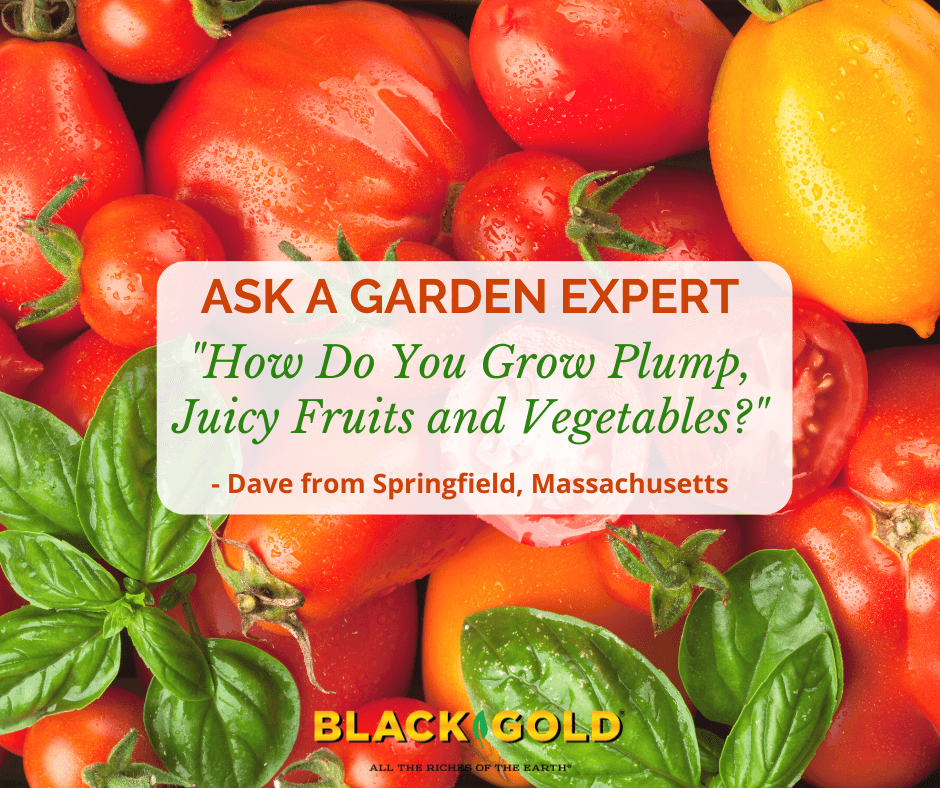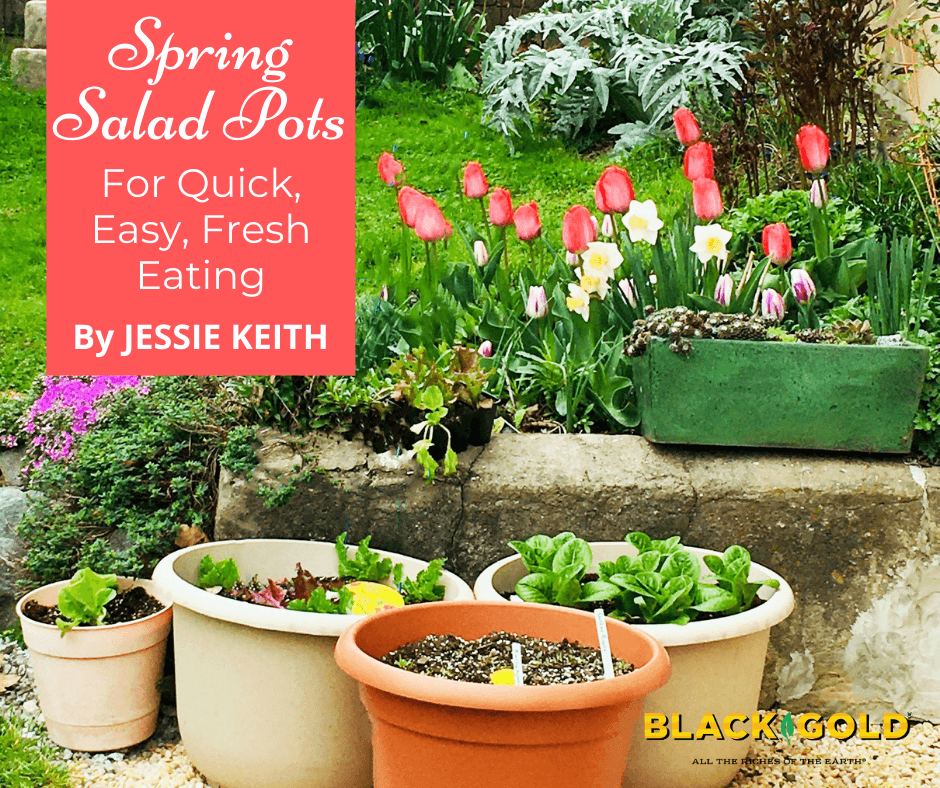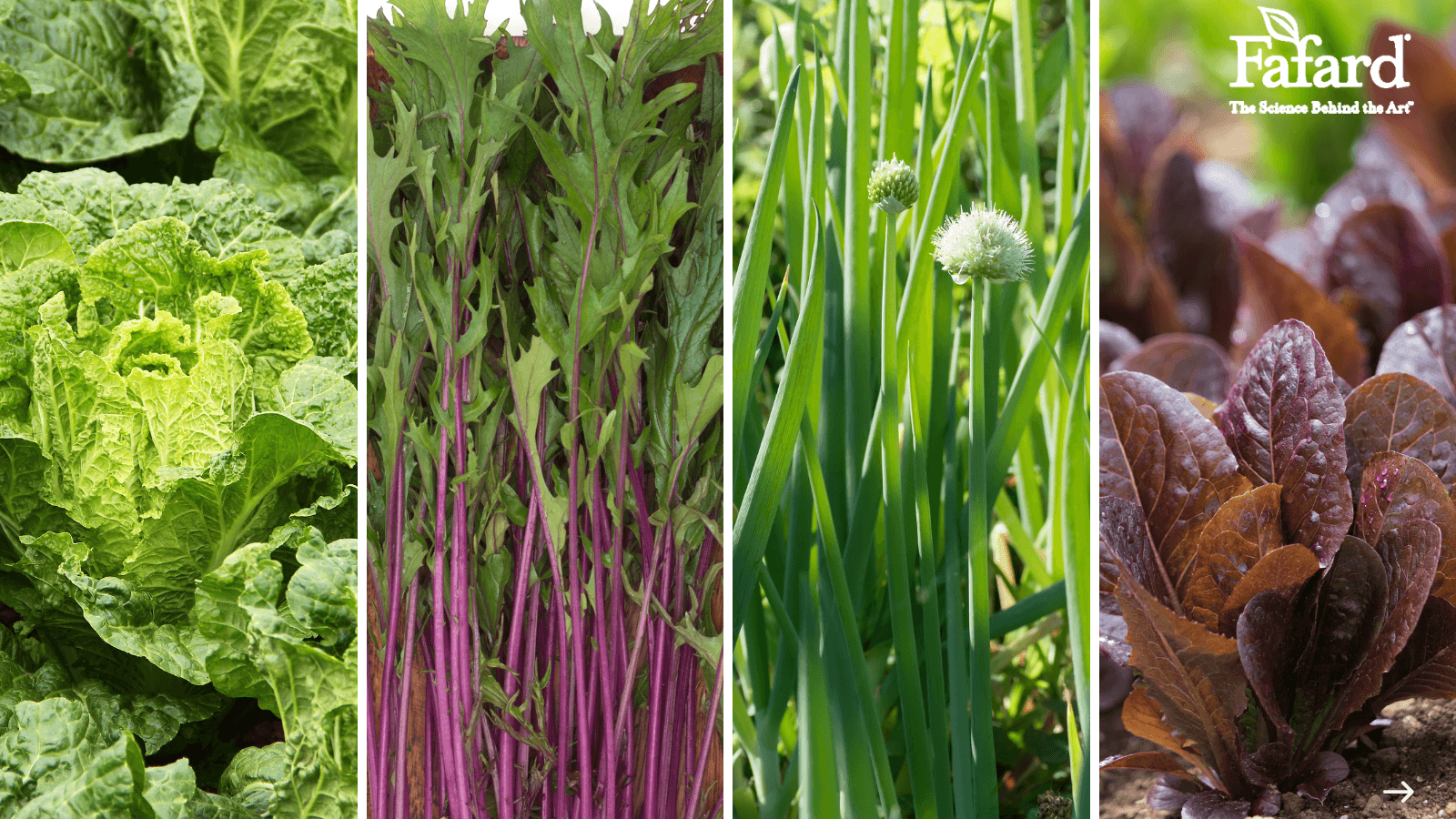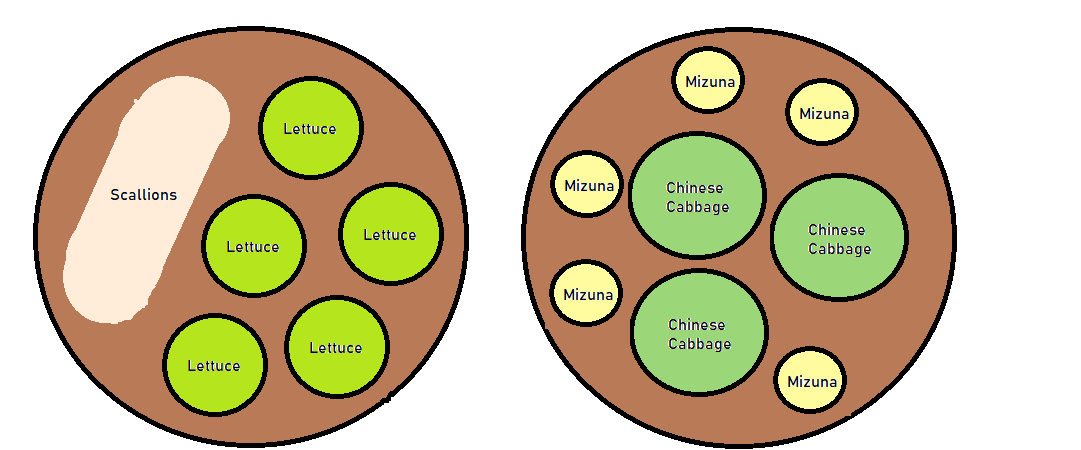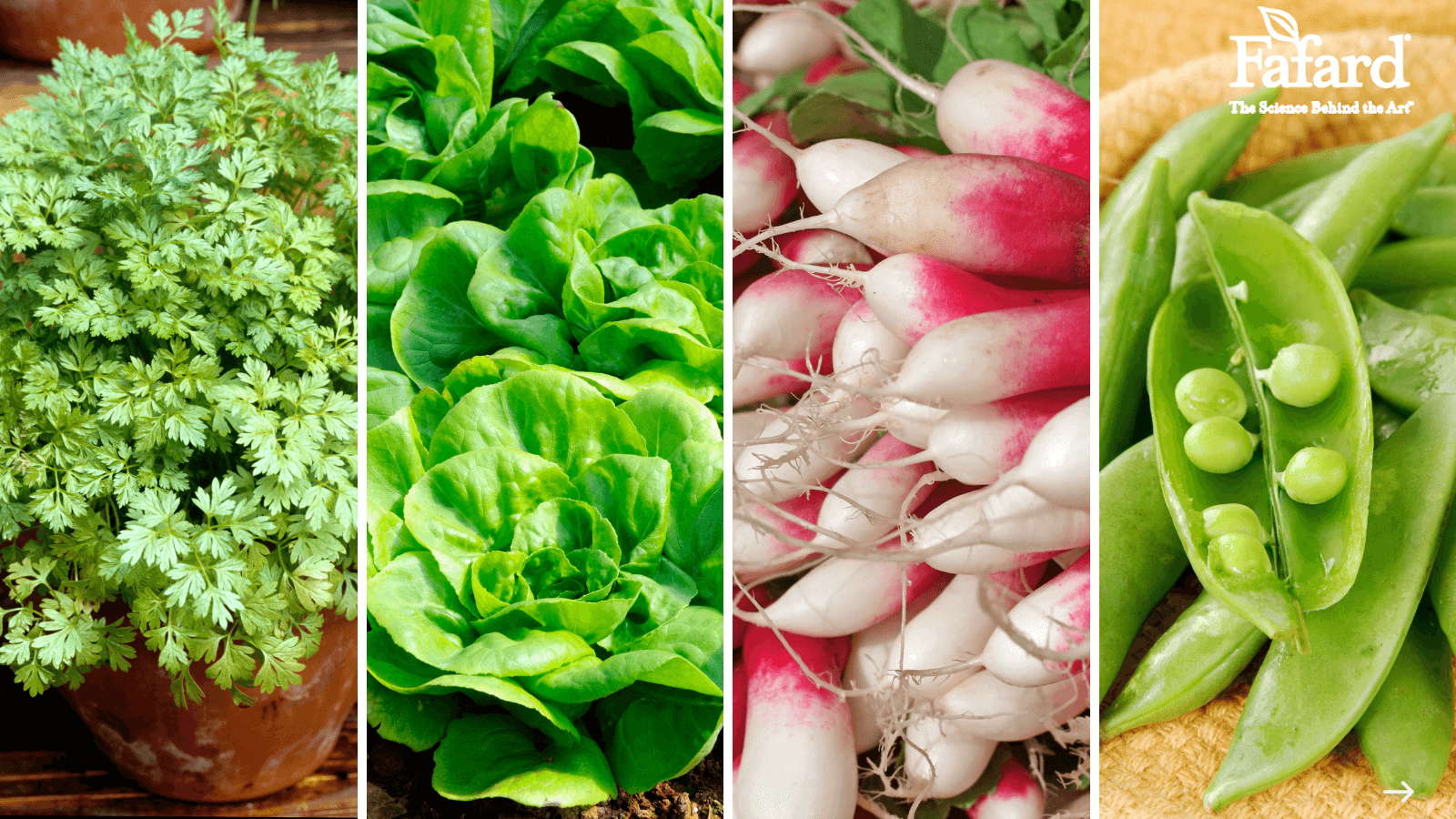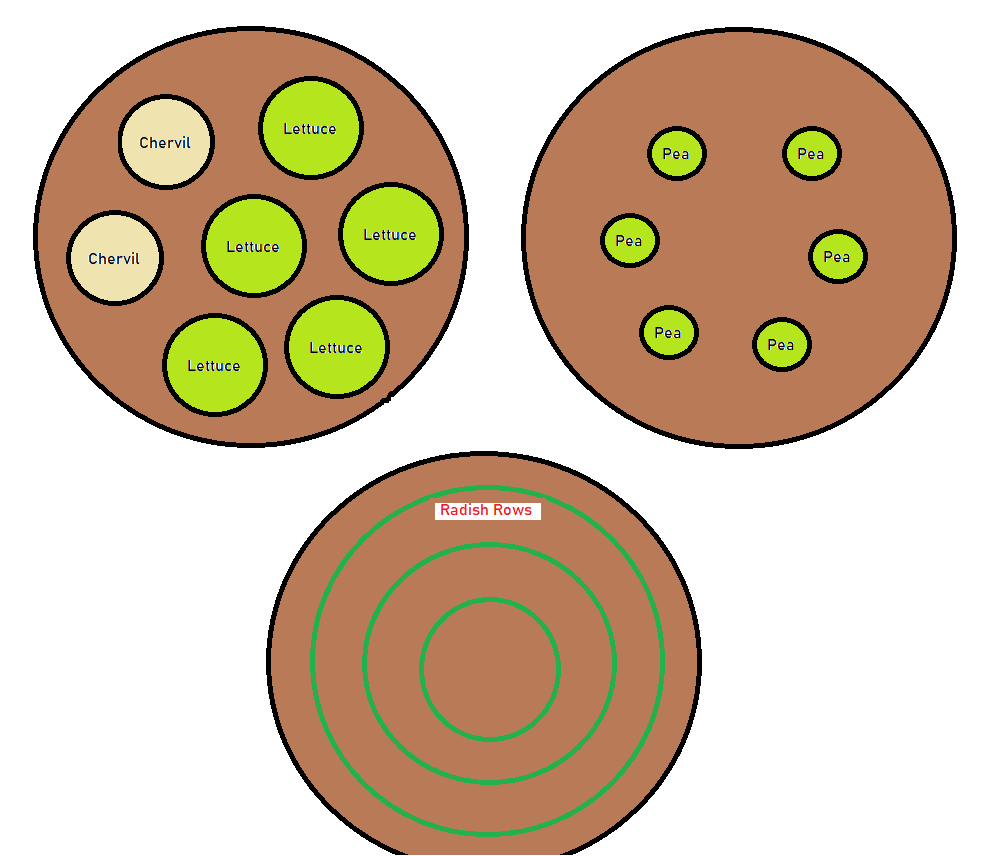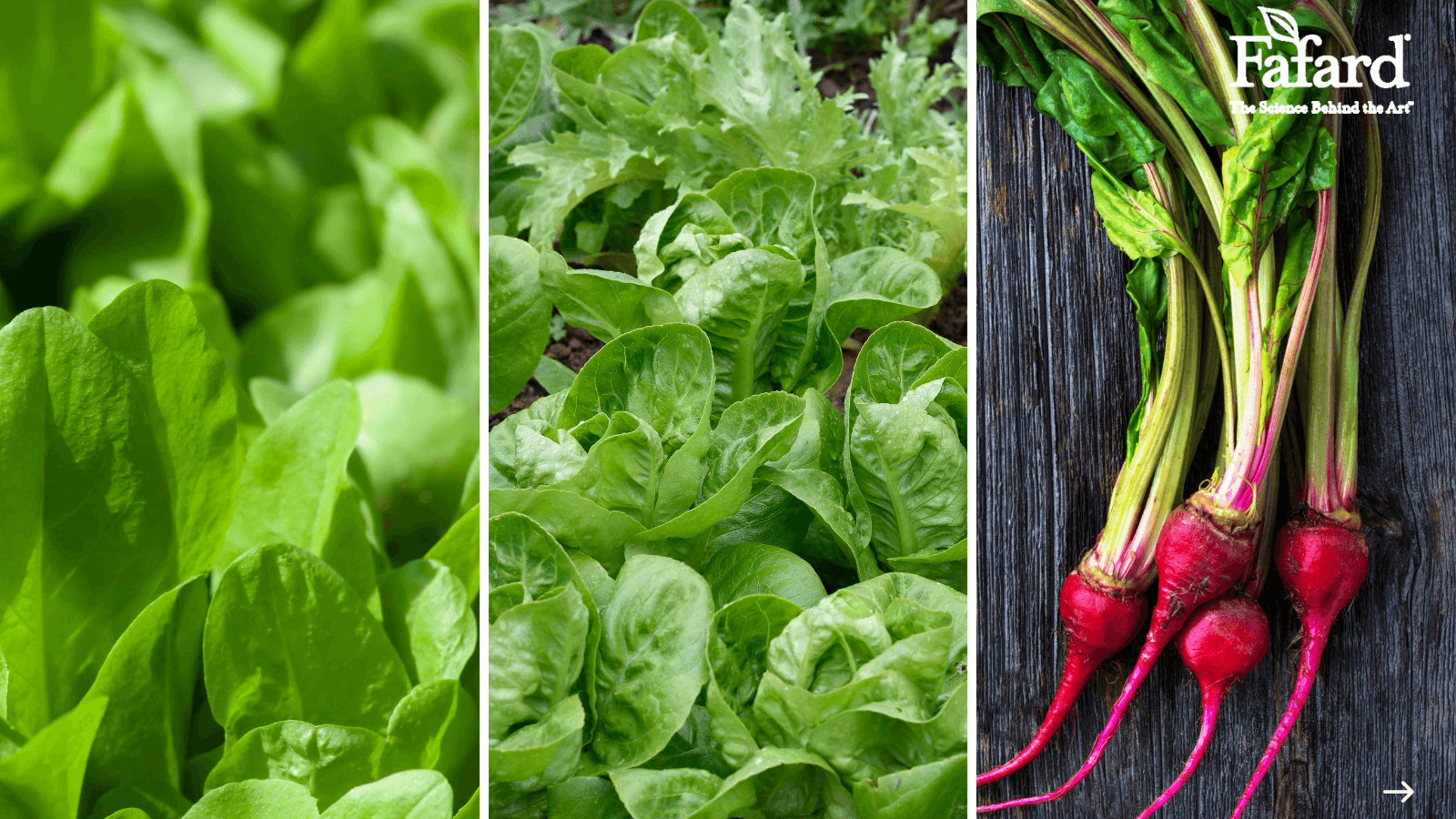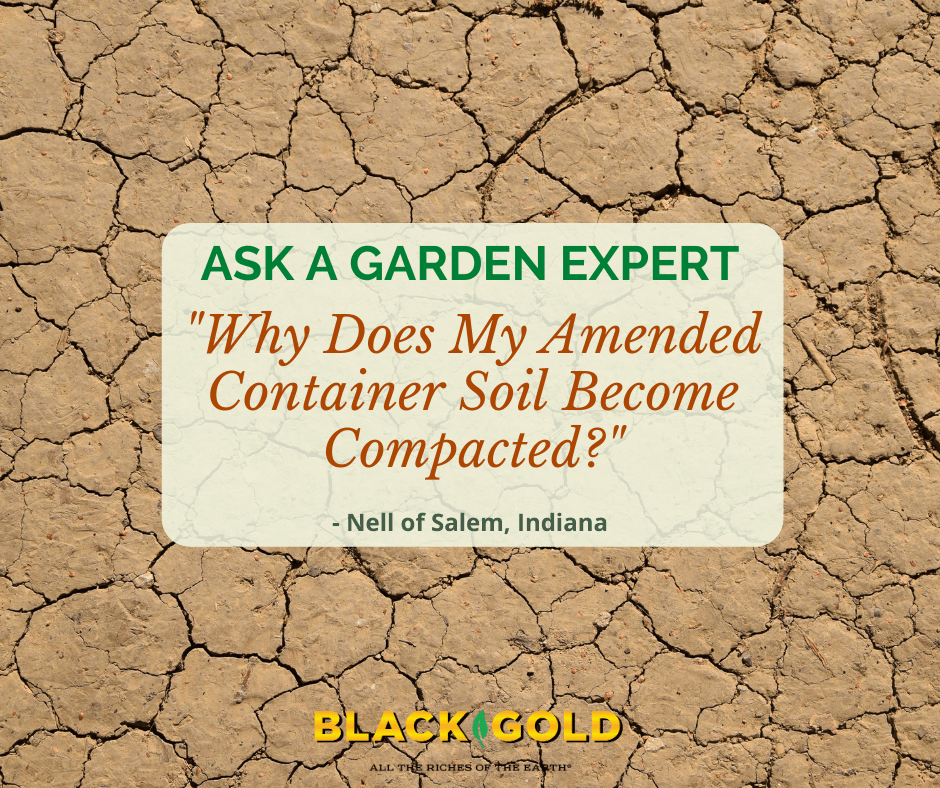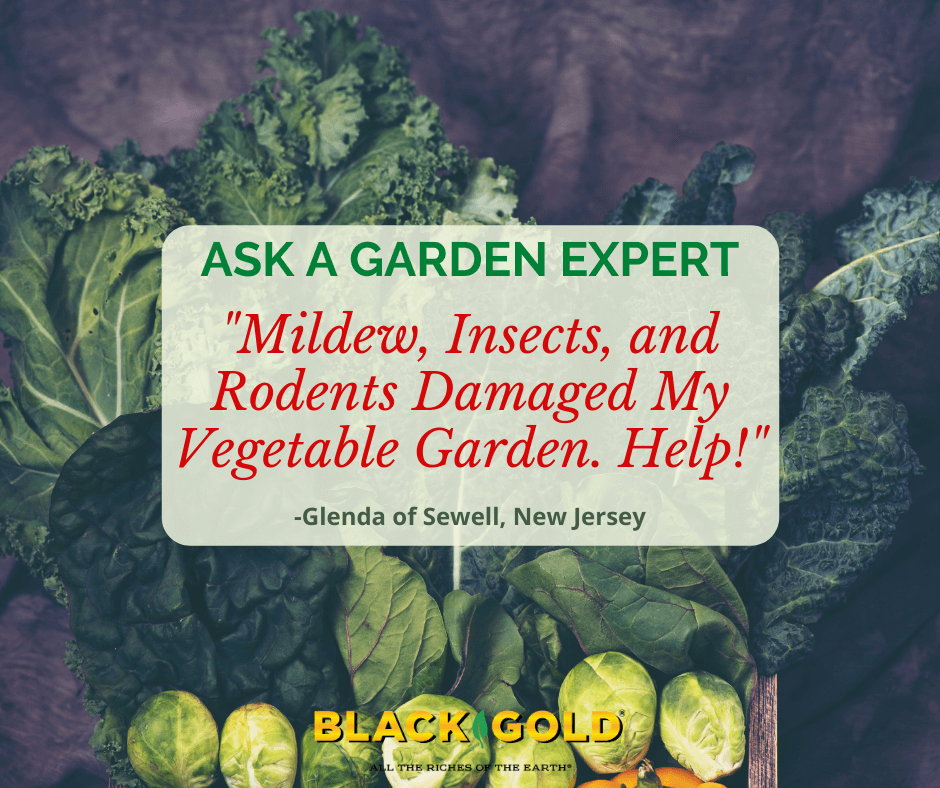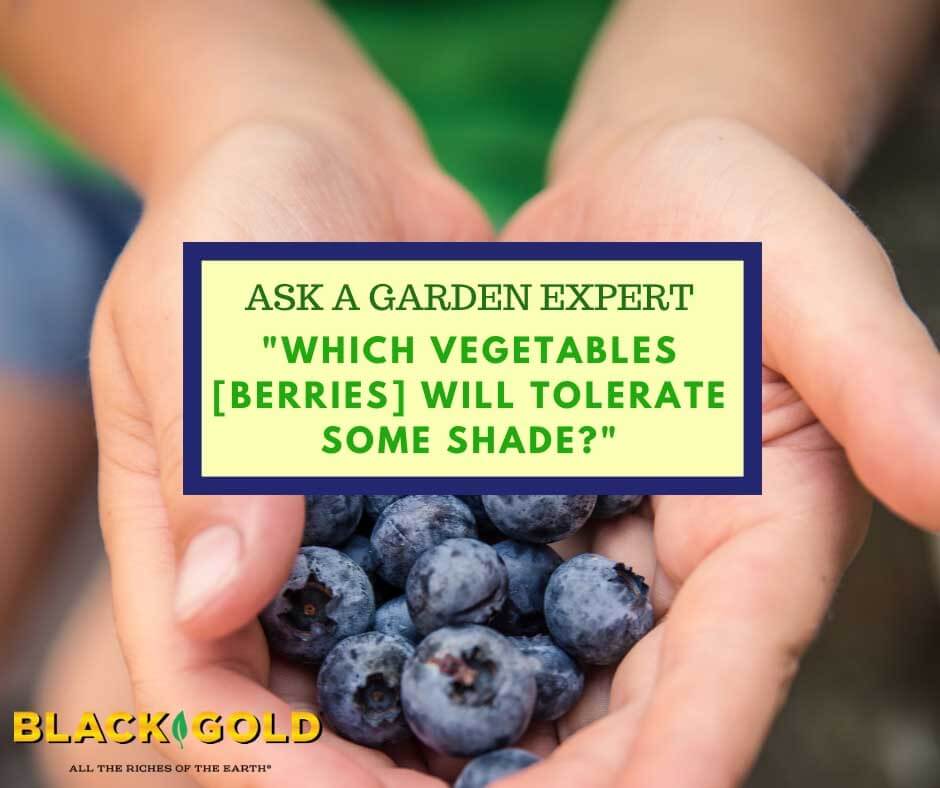
There was a time when almost every household in our town had its own garden plot that stretched between the back door and the alley. There were many reasons for this. First was that my hometown is primarily a farming community, with all that the term implies. Second was the double-barreled effect of (a) The Great Depression (1929 ~1940) and (b) World War II (1941-1945) when what was ripe in your garden was probably what was for supper. Third was a prevalence of first- or second-generation city folks who had been forced off the farmland by financial hardship or by primogeniture (e.g., all the land goes to the eldest son when dad dies). Fourth, many retirees under the (then) new Social Security Act did not trust the federal government to keep its word to continue Social Security benefits after retirement.
Now we live in a time of relative plenty despite the stress and strain on our social fabric and supply lines thanks to the pandemic. Yet many people will plant corn, green beans, potatoes, peppers and tomatoes wherever they can; not out of need, but for the simple pleasure of doing it. In addition, for the knowledge that if Old Man Trouble happens to stop by you will still have food to fall back on.
Five Vegetable Container Garden Rules and Advice
So let us get to the subject of veggie container gardening, made possible in part by the development of new compact vegetable varieties.
- Grow compact vegetables! You may notice the absence of some LARGE vegetable favorites from this article, such as potatoes, corn, and melons. These plants need more space than most containers provide and are not suitable.
- Choose your location. The best location should get enough sunlight (6-8 hours full sun) and protection from wind.
- Choose large containers. Most vegetables grow best in larger containers. 2- and 5-gallon pots are the most common sizes. 5-gallon window boxes are also good picks, as are 5-gallon paint buckets purchased at hardware or paint stores. Container gardens need lots of sun, but most plant roots cannot stand heat, so white plastic containers are a good choice. Drain holes are mandatory. You also want to provide about a foot of potting mix in the container for root vegetables
- Choose the right pot. Most gardeners prefer light-colored plastic pots with good drainage for vegetables because they stay cool and plastic retains water better than most pottery. Pottery is more porous and loses water. Glazed or unglazed pots are also more prone to breaking. A pretty Terracotta or glazed pot looks more attractive, though. If you choose ceramic containers, just be sure to make sure plants stay irrigated.
- Use Quality Potting Soil. Do not use your garden soil as a planting medium (really!). It does not drain well enough and may harbor pests and diseases. Black Gold® All Purpose Potting Mix and Black Gold® Natural & Organic Potting Mix will meet the demands of your container crops from start to finish. Some experts also advocate filling container bottoms with dead (not green) lawn sweepings or compost and then following that with a foot of potting mix.
Vegetables for Containers
Bush Beans (e.g., Bush Blue Lake, Bush Green, Bush Yellow, TopCrop or similar)
- 3 plants per 2-gallon container (8-12 inch soil depth
- Plant seeds directly in containers (does not transplant well)
- Harvest in 50-60 days
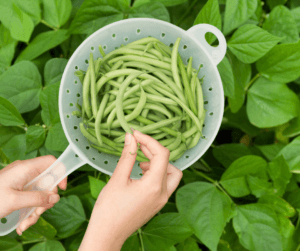
Cucumbers (‘Spacemaster’ or other compact vine variety)
- One plant per 5-gallon pot
- Sow seeds directly into pot
- Harvest time – refer to seed packet
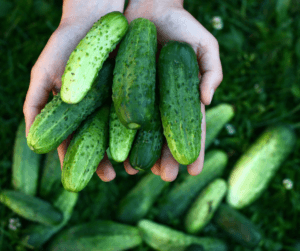
Lettuce (Ruby, Salad Bowl, Buttercrunch, Webb’s Wonderful)
- 5-gallon window box
- Sow directly or transplant
- Harvest time – 40-70 days
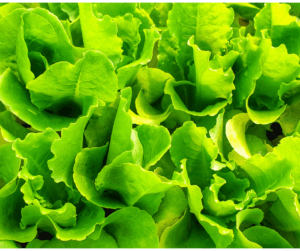
Onions (White Sweet Spanish, Yellow Sweet Spanish, and NOTE: Forget Vidalia Onions; the high-sulfur soils around Vidalia, Georgia are the chief reason for their sweetness.
- 5-gallon window box
- Plant sets 3-5 inches apart
- Harvest 100-125 days after planting, or when 50-75% of the tops have fallen over and the skin has dried
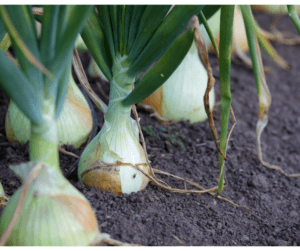
Peppers (Cayenne, Long Red, Sweet Banana)
- One plant per 2-gallon pot
- Transplant starts or sow seeds directly
- Harvest time – refer to seed packet
Root Veggies (carrots, beets, radishes, turnips, onions, etc.)
- 5-gallon pot or window box at least 12-inch soil depth
- Sow seeds directly in soil
- Harvest time – refer to seed packet
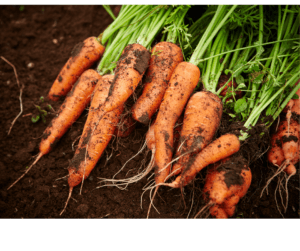
Tomatoes (determinate varieties e.g., Rutgers, Tiny Tim, Roma)
- One plant per 2-gallon pot (may require support)
- Transplants well
- Harvest in 50-100 days (depending upon variety)
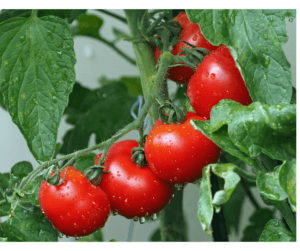
There you have it: quite enough to do, but not enough to get into real trouble.



